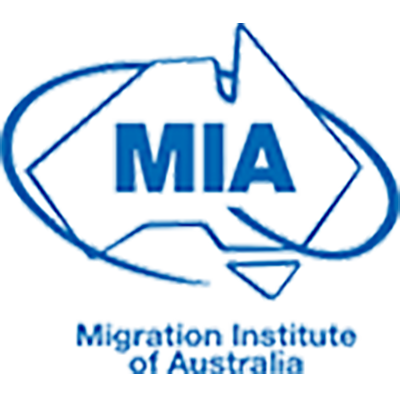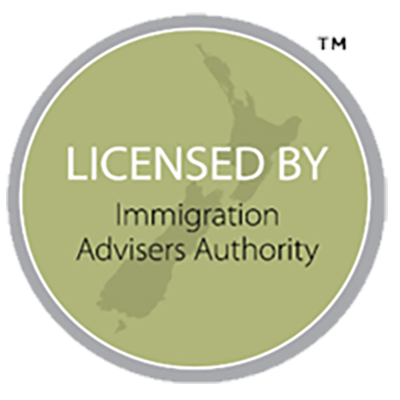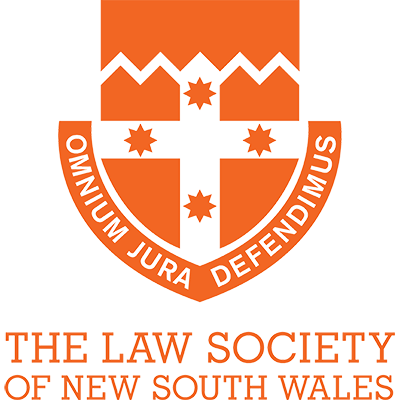- Opening Time : 8:30 AM - 10:30 PM
Temporary Skill Shortage Visa (482)
Employer Nomination Scheme Visa (186)

World-Class Professionals
We have made relentless contributions to the cause of immigration and overseas education here in Australia
We offer perfect services for immigration and school application for overseas clients. Our clients are from all over the world including Malaysia, India, Thailand, Vietnam, Pakistan, Nepal, Bangladesh, Korea, Mainland China, Hong Kong, and Taiwan. We always regard the requirements of our clients as our priority. Our professional immigration consultant provides individualized plans for our individual clients so as to achieve the best effects with the least costs
Read More99.9%
SUCCESS RATE38%
FASTER PROCESS100%
FIXED FEE GUARANTEED30 Minutes
RESPONSE TIME100%
SATISFACTION GUARANTEE10+
YEARS OF EXPERIENCEWE ASSIST PEOPLE FROM ALL OVER THE WORLD!
We have seven branches located in Australia, which include Sydney CBD & the Kingsford branch (which is close to the UNSW campus), Melbourne, Canberra, Brisbane, Adelaide, and Tasmania; we have two branches located in China which include Beijing and Guangzhou
Contact Us Today
What Clients Say About Us and
Our Services

Definitely a professional and efficient team. So much appreciation for my diligent and reliable agent, William and Kara. They have been working on my case for years and always updating the progress in time. No doubt, NewStars is the best choice!

I am very thankful for Kirk and Peter's help. I got my Visa 189 granted today. It's only been two weeks. Good job NewStars! Wonderful service. Highly recommended.

Very professional team, they are very patient. Thank to Victor, he is very professional and has lots of knowledge for the immigration situations. I have recommended to few of my friends for their services. And thanks to Amber, she is very kind and gives sincere advices.

Excellent and professional team, flexible and efficient. Thank you Kirk and Jason, looking forward my next good news!

Thankfully, I was nominated for a 491 visa! I must give NewStars a five-star review! Special thanks to Reed! She is really a very professional and responsible immigration consultant! Thank you for checking every document for me, so that I can get the nomination without errors in my application!

NewStars helped me with my Skilled Migration Assessment and gave me helpful advice during my permanent resident visa application. These tips saved me time and helped me avoid unnecessary detours. My special thanks go to Ethan and Amber. Strongly recommend NewStars Education and Migration (Sydney) to anyone about to embark on their PR application journey.

Ethan and Kara are very helpful and attention to detail. They review the materials and helps to check. The whole process of visa application is very smooth and much quicker than our exportations. Recomend!

Jason and Vincent helped me a lot in the process of getting my visa. They are very professional and patient. I am very grateful for their help along the way.

My partner and I applied the visa via the NewStars. James offered a huge help and explained all the details we need during the process. It saves a lot of time and super efficiency.

My partner and I applied the visa via the NewStars. James offered a huge help and explained all the details we need during the process. It saves a lot of time and super efficiency.

Definitely a professional and efficient team. So much appreciation for my diligent and reliable agent, William and Kara. They have been working on my case for years and always updating the progress in time. No doubt, NewStars is the best choice!

I am very thankful for Kirk and Peter's help. I got my Visa 189 granted today. It's only been two weeks. Good job NewStars! Wonderful service. Highly recommended.













